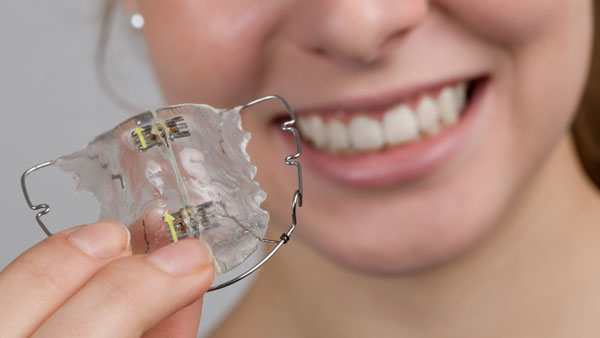Standard braces
Click a section below to expand:
Fixed metal braces
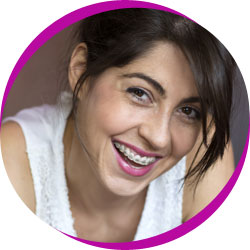
Often known as "train tracks", fixed metal braces are fitted to the outer surfaces of the teeth and cannot be removed by the patient. These braces consist of small metal squares called "brackets" which are attached to the front of each individual tooth with a special adhesive. The brackets are linked together by orthodontic wires fastened in with small elastic bands. If preferred, these bands come in a range of colours for patients to choose.
Fixed braces are frequently used as they give a lot of control over where the teeth are finally positioned. They can be used to correct all problems including; teeth that stick out, crooked teeth, teeth with gaps between and teeth that grow in the wrong place.
Everyone is different, so treatment times vary depending on the complexity of tooth movements required. Typical treatment times range between 6 and 30 months. Appointments are usually booked every 8-10 weeks for adjustments. Your orthodontist will advise you on the length of time you will be likely to wear your braces depending on the treatment prescribed.
For more information on fixed braces please visit our Resources page where you can download a Fixed Appliance PDF produced by the British Orthodontic Society. For further information on how to look after your fixed brace please read our Brace Care FAQs.
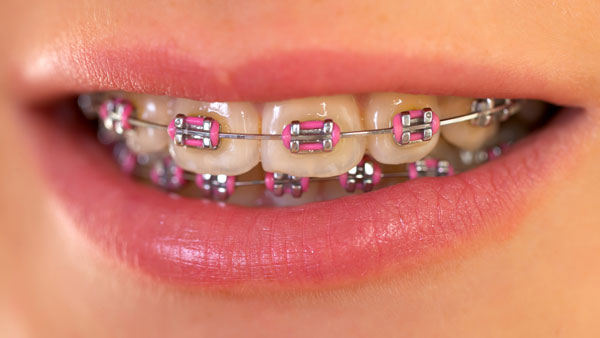
Functional braces
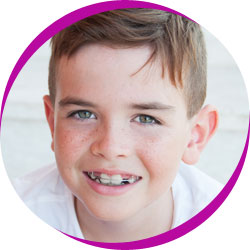
Twin-blocks are a type of functional brace which are used to correct prominent teeth. They are usually fitted when the patient is actively growing. When the brace is worn, the lower jaw postures to a more forwards position. This encourages an improvement in tooth positions to stop the teeth sticking out.
The brace comes in top and bottom removable parts, which fit together in the mouth. Although Twin-blocks are removable, in order to gain the best results, they should be worn all the time, including sleeping and if possible, eating. This brace usually takes 9-12 months to work and is usually checked at the practice every 10-12 weeks. Functional appliances are most often used as a first stage in treatment that will be followed by a further 12-18 months of fixed braces to fully straighten the teeth.
For more information on functional braces visit our Resources page where you can download a PDF produced by the British Orthodontic Society. For further information on how to look after your Twin-block appliance, read our Brace Care FAQs.
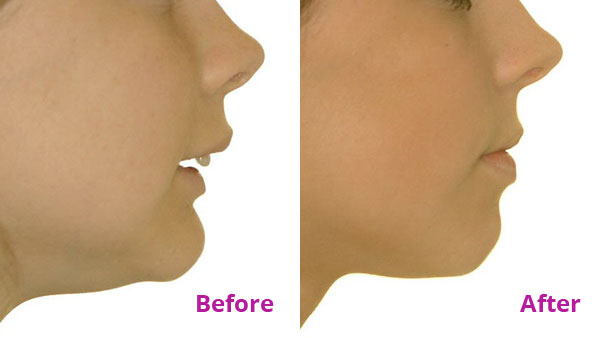
Removable braces
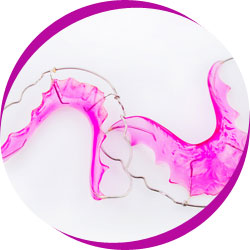
Removable braces, as the name suggests, are appliances which patients can put in and take out themselves. However, they are usually only taken out for cleaning and contact sports or swimming. Other than this they should be worn all the time, including sleeping.
Removable braces are sometimes used to correct minor problems in younger patients (under age 10) or alongside fixed braces to correct additional problems, for example when the front bite is too deep.
Because they are used to correct a wide range of conditions, the timescale for treatment varies but your orthodontist will explain to you how long you need to wear it for. A removable appliance is usually reviewed at the practice every 8-10 weeks.
For more information on removable braces visit our Resources page where you can download a PDF produced by the British Orthodontic Society. For further information on how to look after your removable appliance, read our Brace Care FAQs.
